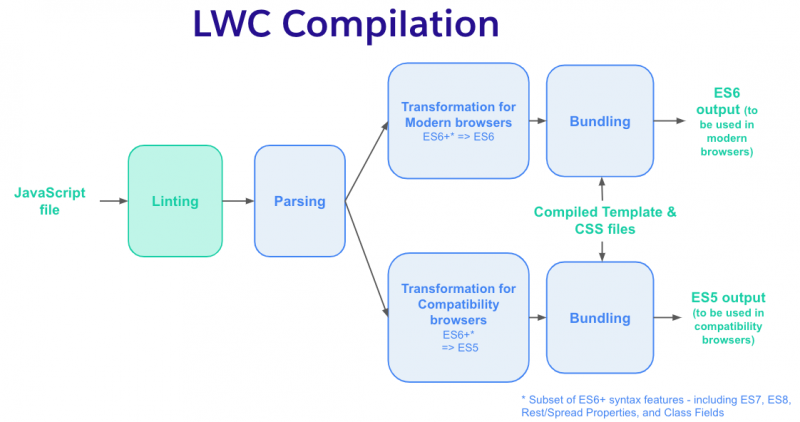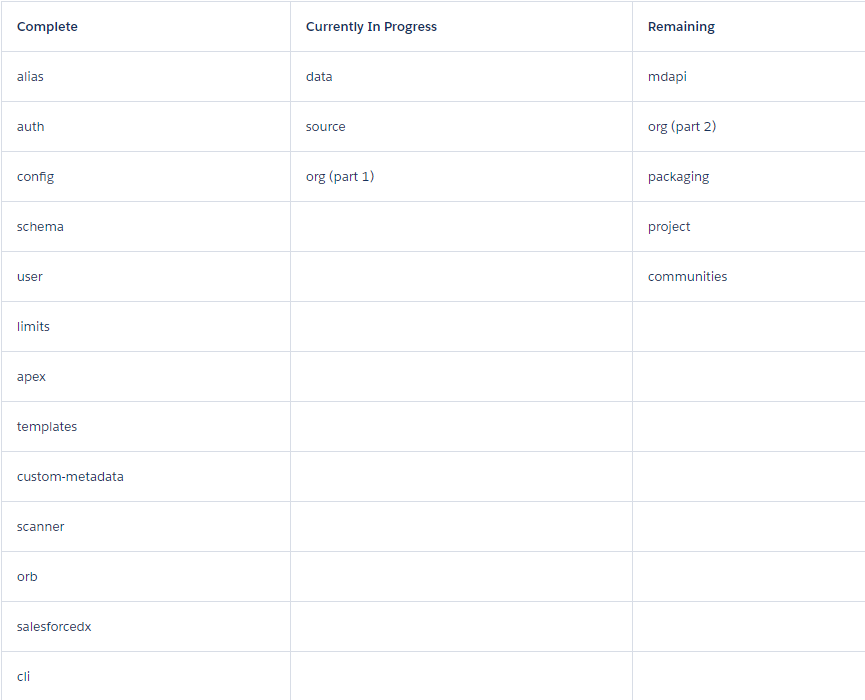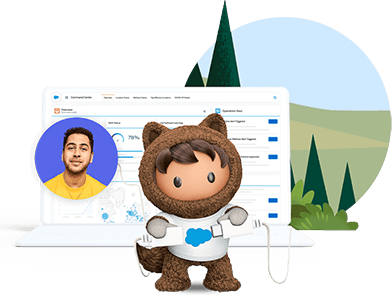Leveraging the Newest ESXX Features in LWC

Every year the Ecma International Technical Committee 39 (TC39), which Salesforce is a member of, releases a new edition of ECMA-262, the ECMAScript Language Specification standards, which JavaScript is based on. The next edition is ES2021 (ES12), which is currently in draft and planned to be released in June. Browsers, compilers (such as Babel and Typescript), and runtimes (such as Node.js) work hard to keep up-to-date with ECMAScript standards by implementing support for newly added features. Continue reading to learn about some of the newest and coolest ECMAScript features and how you can use them in Lightning Web Components.
Open Sourcing Salesforce CLI Update Feb. 2021

Just take a peek at https://github.com/salesforcecli to see all that we’ve been working on over the past eight months. Once we settled into a rhythm, the team started migrating into new plugins very quickly. Each repository corresponds to a plug-in. Here’s the current status of the plug-ins we’ve open-sourced
Some plug-ins have been brought to the top level, which means, for example, that you now run sfdx config:set instead of the old sfdx force:config:set. We’ve completed this work for the auth, alias and config topics. But don’t worry, we’ve aliased them so they also work under the force namespace, which means your current scripts won’t break. However, we highly recommend that you start using the new command names as soon as possible.
From the table above, you can see that we’ve made great progress towards open-sourcing everything! Unfortunately, some of the remaining topics to be broken out, specifically, are the most complex and will take the longest to open source. We are prioritizing them over the next year
Work Toward a Single View of Your Customer

To provide a connected experience, data may need to be integrated between a broad range of business applications, systems of record, and external sources.
Again, taking a use case approach can help you decide what systems and data need to be integrated. If, for example, you want to provide personalized product recommendations for customers via email newsletter, product data from your eCommerce platform will need to be accessible from your email marketing engine. And you will likely want to automate processes, such as sharing pricing information between your enterprise resource planning (ERP), CRM, and eCommerce systems.

I am 12x Salesforce certified | Leader of New Delhi Salesforce Developer Group | Speaker | Blogger|




